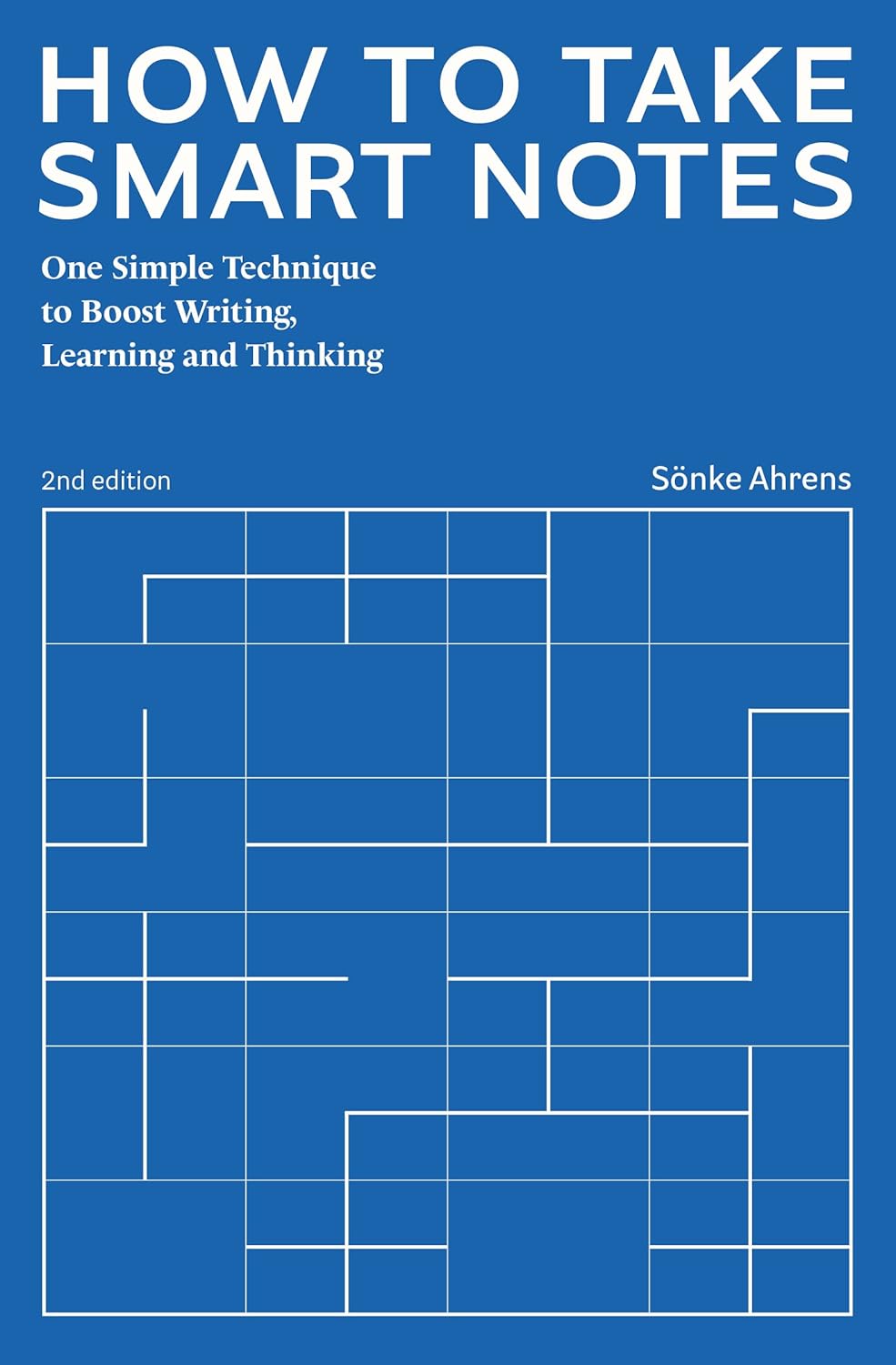How to Take Smart Notes: One Simple Technique to Boost Writing, Learning and Thinking

Key takeaways
- Three types of notes:
- Everyday notes. Can be written in any way. Will be deleted after a few days.
- Permanent notes. Contain essential information in a permanently accessible form.
- Project notes. Related to one specific project. Can be archived after project completion.
- The slip-box
- Create topic overviews to organize multiple notes for easy access. These entry points help you dive into specific topics. Build an index page that links to these topic overviews.
- Luhmann used 1-2 notes in the index for each topic
- Create links between notes to develop themes and discover hidden connections. A simple yet powerful tool.
- The slip-box is needed to free the mind from the task of systematization
- Notes should be small. In today’s reality, one note should fit on the screen without scrolling.
- Read with a pen in hand, take useful notes and establish connections between them. Ideas will come on their own. There’s no need to start from scratch
Summary
If I had to summarize the book concisely, I would say: "Read, think and write. Just make useful notes along the way". Let your mind freely explore the notes without forcing restrictive topic-based organization and linking. Your brain will naturally discover unexpected connections between seemingly unrelated ideas. It will be a solid foundation to keep exploring and building new connections to gain knowledge about a topic and make insightful conclusions.